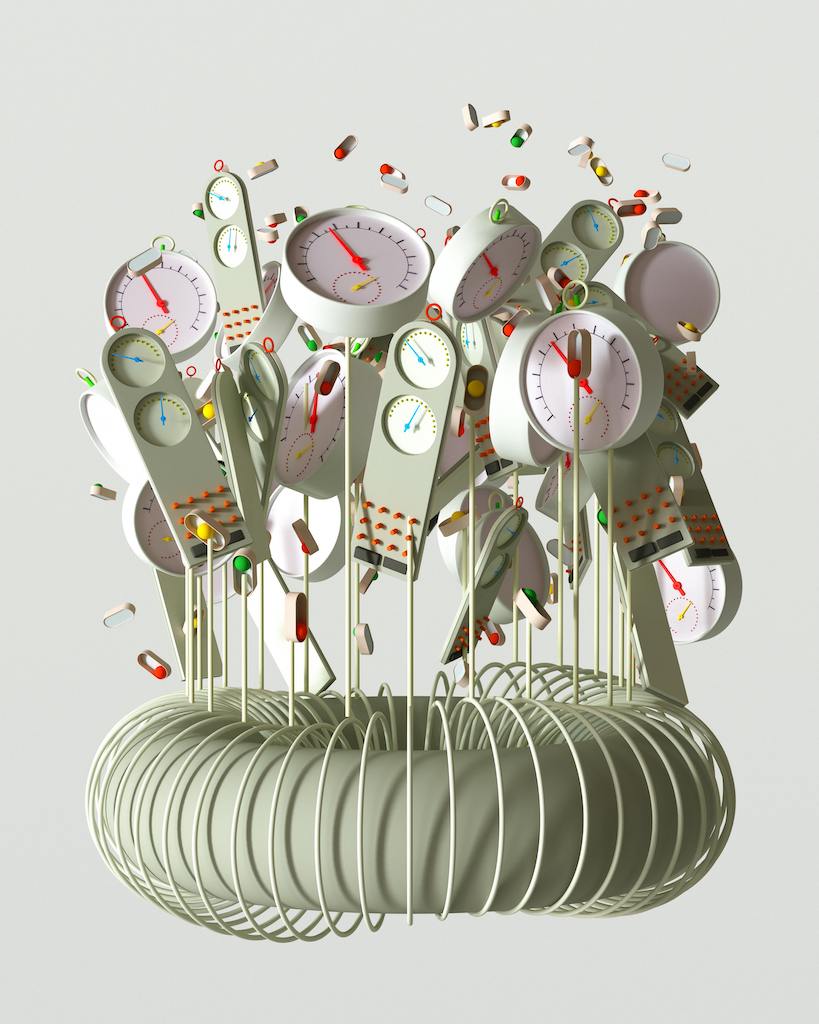
Hey there, future AI wizards! Geoff here, ready to unravel one of the most fascinating topics in artificial intelligence: Convolutional Neural Networks (CNNs). If you’ve ever marveled at how computers can recognize faces, objects, and even scenes in images, CNNs are the powerhouse behind those capabilities. Today, we’ll dive deep into what CNNs are, how they work, and why they are so essential in the world of AI. Let’s get started!
Convolutional Neural Networks are a specialized kind of neural network designed to process data with a grid-like topology, such as images. Unlike traditional neural networks, CNNs use a mathematical operation called convolution, which allows them to detect patterns and features in images more effectively.
CNNs are composed of several types of layers, each serving a specific function. Here’s a breakdown of the typical structure:
The convolutional layer is the core building block of a CNN. It applies a set of filters to the input image to create feature maps. These filters, also known as kernels, slide over the image and detect various features such as edges, textures, and patterns.
The pooling layer reduces the dimensionality of the feature maps, retaining the most important information while discarding the rest. This helps in making the network more computationally efficient and reduces the risk of overfitting.
The fully connected layer (or dense layer) comes after several convolutional and pooling layers. It is similar to the layers in a traditional neural network and is used to make final predictions based on the features extracted by the convolutional layers.
Here’s a step-by-step explanation of how CNNs process an image:
CNNs have revolutionized the field of computer vision and are used in a variety of applications:
CNNs excel at image classification, where the goal is to assign a label to an input image. This can be used in systems that categorize photos or identify objects in real-time.
Object detection involves identifying and locating objects within an image. CNNs can detect multiple objects in a single image and draw bounding boxes around them.
Image segmentation is the process of partitioning an image into multiple segments or regions to simplify its analysis. This is especially useful in medical imaging for identifying areas of interest.
Training a CNN involves several steps:
Ready to build your own CNN? Here’s a simple roadmap to get you started:
There you have it—a comprehensive guide to Convolutional Neural Networks. From understanding their structure to exploring their applications, you’re now equipped with the knowledge to start your journey into deep learning. Remember, the key to mastering CNNs is continuous learning and hands-on practice. So, keep experimenting, stay curious, and always push the boundaries.
Believe in yourself, always.
Geoff.

This controversial report may shock you but the truth needs to be told.
Grab my Free Report